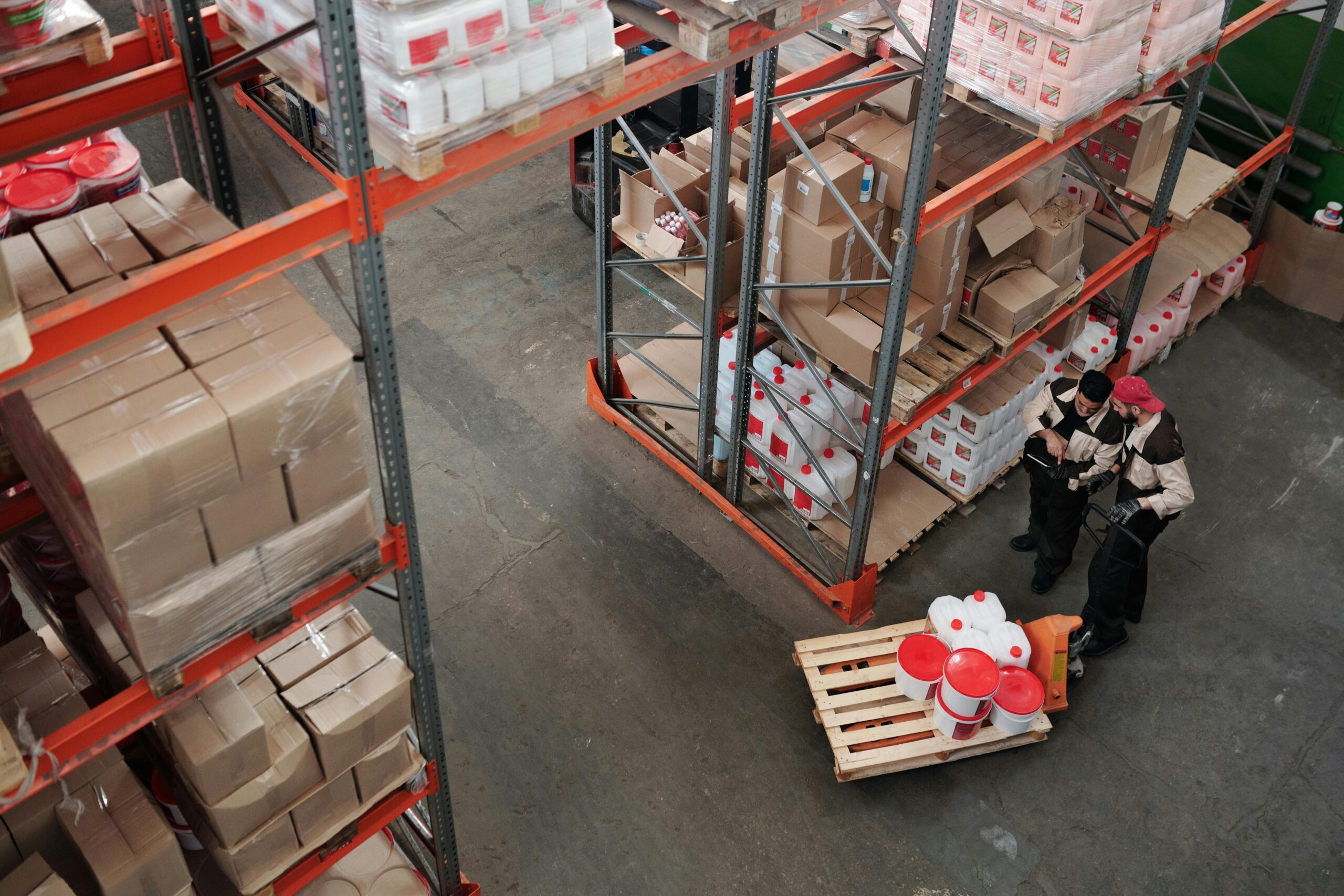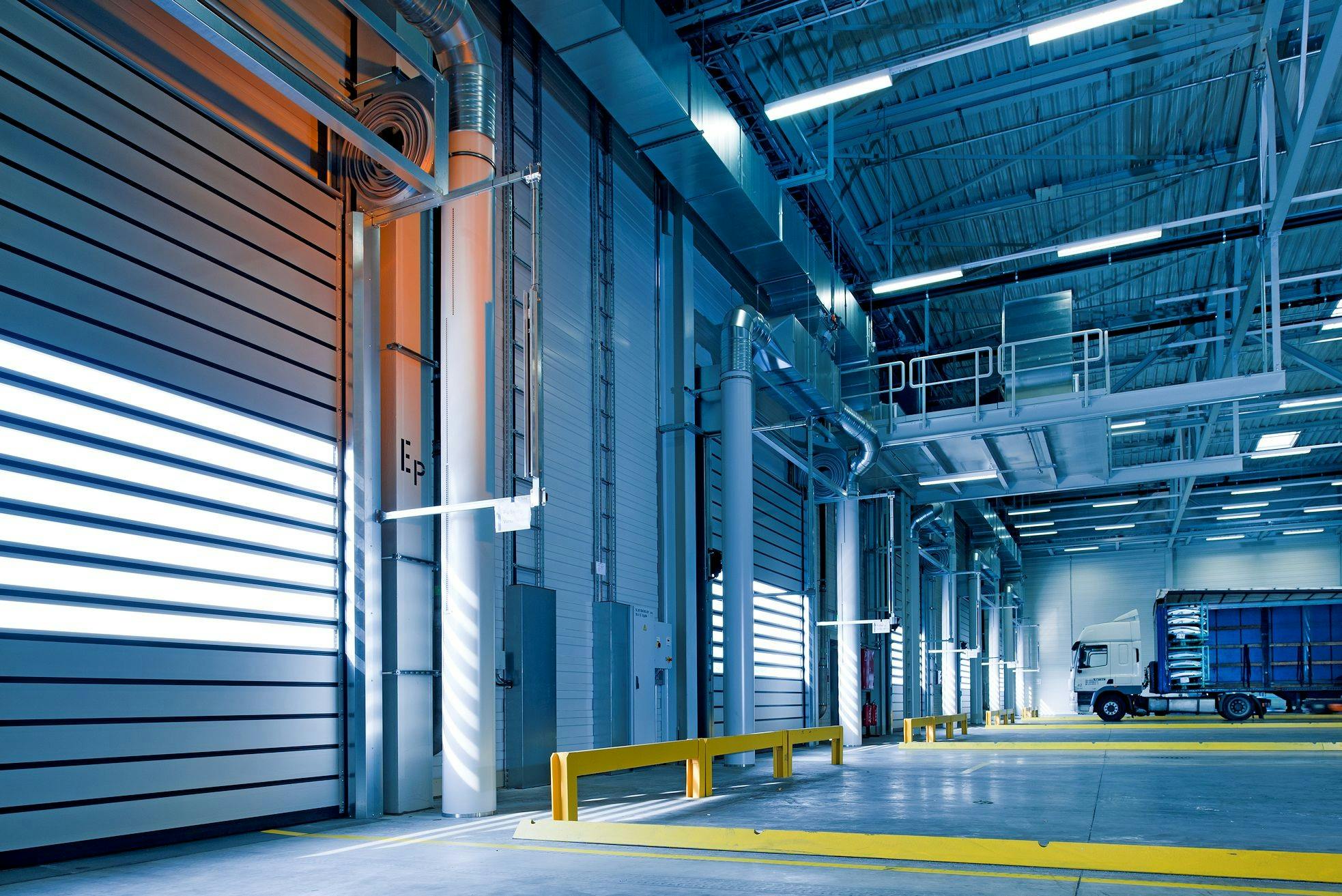Airport Retail
Airport retailing: what is it?
The retail sale of goods and services within airport premises is referred to as airport retailing. The industry known as “airport retailing” includes both well-known and obscure branded retail establishments in airports. Because of the place where this firm is located, the word “airport” is prefixed.
Airports frequently have the following kinds of retail establishments and services:
- Magazines, books, and stationery shops
- Coffee and tea stations
- Food establishments
- Stores that sell refreshments and beverages, such as alcohol and tobacco
- Jewelry, perfumes, and upscale shops
- Shops that sell apparel, accessories, and eyeglasses
- Shops that sell travel accessories
- Outlets that rent cars
- Hotel reservation desks
- Services for certified foreign exchange
- Drugstores
- Hospital appointment counters
Hospital appointment counters
The travel retail sector, of which the airport retail sector is a part, is estimated to be worth USD 60 billion in 2023 and is expected to grow to USD 170 billion by 2030. Rough estimates from a variety of sources indicate that the airport retail sector accounts for over half of the travel retail industry’s overall worth.
The following are some of the factors propelling the growth of airport retailing:
- There are more and more commercial passenger airports.
- An increase in the number of people using airplanes
- Growing interest in travel and tourism among the general public
- enhancing the infrastructure at airports
- Increasingly acceptable behavior regarding airport retail buying
- effect of reinforcement

Airport Retailing as a Potential Business Venture
A case-by-case analysis is required in order to evaluate airport commerce as a potential business opportunity. Being present in several airports both domestically and internationally allows a large retail behemoth to consider a broader business strategy. A smaller business will need to adopt a new perspective. Developing a business model and business plan also depends on the airport’s size and scope as well as the volume of air traffic. The following highlights some of the crucial factors to be taken into account while evaluating the possibility of launching an airport retail business.
Exploring Airport Retailing as a Business Opportunity
One of the best indicators that an airport has business potential is the existence of direct competitors. They must have conducted market research prior to opening a business in that airport, as evidenced by the existence of other competitors. It also demonstrates that there is a legal framework in place for applying for and launching a particular business at that airport. Likewise, their presence clarifies a lot of crucial elements. Nonetheless, the existence of rivals should not be interpreted as a way to circumvent market research and other crucial evaluations and forecasts for the company.
Air Traffic Volume
Starting a large company in a very small market is unlikely to be commercially viable, and the same is true for opening a retail store at an airport. The quantity of flights that an airport manages indicates the quantity of potential clients that might be targeted. Because of this, airport retailing is uncommon in tiny airports. This is a crucial consideration for any entrepreneur considering launching a retail business at an airport. They must determine whether the airport under consideration can support the necessary volume of activity. If the business commercials are supported by the rentals and other expenses, they could have to reduce their services as a backup plan.
The average daily number of passengers
An airport may not have enough passengers to support business commercials, even if it is designated as an international airport or serves as a significant connecting point. The average daily passenger volume at an airport is a crucial metric to examine. This figure, however, merely represents the total number of prospects that can be targeted. Now, the appropriate numbers or level of confidence in drawing clients and generating conversions will differ from company to company. Existing firms might also use this data point to inform their inventory-related decisions.
Infrastructure, Ambience, and Airport Maintenance
Retail brands must also adhere to a set of predetermined requirements. Their brand identity and voice are reflected in the physical components of their stores. Consider cleanliness. A well-known coffee shop would not open a location in an area where authorities fail to adequately maintain hygiene and cleanliness. Airports are no different. Customers’ brand experience will suffer if an airport’s other interior spaces are not kept up by housekeeping, even if the store is spotless. The same is true of airport atmosphere and infrastructure.

Average for Routine Waiting Period
Another important factor for airport retailers is the amount of time passengers have available. Under ideal conditions, travelers in crowded airports do not have much time for exploratory or leisurely shopping. They will go to the closest store and purchase anything they require. Alternatively, people will go and purchase something from a store if they see it and it reminds them of something. Therefore, retail businesses that deal with items that require careful thought and evaluation before purchase ought to reevaluate their concepts for airport shopping. The purpose of airport commerce is to facilitate quick and simple purchases or consumption.
The target segment's existence or the necessity
Airport commerce should ask the same important question that all firms ask in general: is the target segment available? Potential buyers of the product offers make up the target segment. Who will be presented, and who will purchase, if the target segment is not available? Furthermore, the opposite is not only accurate but would also work well. Consider a store that sells memory cards for phones and cameras in airports and other tourist locations.
Premium Cost
Premium brands, uncommon and high-end products, premium quality, and premium pricing are all aspects of airport retailing. Whether a retailer sells imported wine or chewing gum is irrelevant. However, due to extra fees and expensive rents, even commonplace items are occasionally offered at outrageous prices in airports. Because of this, selling regular goods at airports might be challenging.
Rentals
Today, private firms operate the majority of airports worldwide under the auspices of the relevant regulatory agencies. To maintain the airports, these businesses must pay large operational costs and make significant investments. Contracts governing their deliverables bind them. All of these considerations mean that there is no room for laxity in terms of service quality or asset and infrastructure maintenance. Retailers bear this load, and one
Guidelines & Policies
Airports are delicate locations subject to stringent laws. Therefore, merchants need to be extremely careful and careful to make sure that they completely follow the rules and regulations that cover all business operations and activities.
Standard Operating Procedure for Outbound Warehouse Operations
Other internal and external process stakeholders in the value chain or distribution network are impacted by the way the outbound operations in a warehouse or fulfillment center are managed. The experience that is provided to clients and customers is ultimately impacted by this.
Our objective is to assist our clients in creating strong operational planning, in the form of Standard Operating Procedures, for their outbound warehouse operations. Below is an illustration of a generic SOP for outbound warehouse operations.
In regards to other SOP solutions, we tailor the warehouse dispatch SOP for our customers according to their needs and goals. Our goal is to assist our clients in achieving:
Order fulfillment is started on time.
Optimized workflows for speedy picking and packing (using FIFO warehouse techniques)
Errors in labeling activities are strictly prohibited.
Coordination of logistics that runs smoothly
Unauthorized removal of any inventory from the warehouse or FC is strictly prohibited.
Compliance with process mapping for system input and paperwork

SOPs for Warehouse Operations (Control)
In order to assess the efficacy and efficiency of the current warehouse processes and procedures and make operational adjustments, operational control measures are required in warehouses and fulfillment centers. For instance, you should look into the labeling part if your company is getting a lot of complaints about incorrect or fraudulent delivery. For improved QA, this falls under root cause analysis.
Our warehouse operations methods are designed to support continuous improvement, waste control, quality assurance, and warehouse safety policies and procedures. Below is a representation of the coverage under each.
Different clients continue to tackle these three components in different ways. Our goal is to use SOPs to assist clients in defining, mapping, and integrating these control and improvement measures into their operational planning.
Process & Inventory Audits
Regular audits provide a diagnosis of a company’s general health. Verifying that your systems and procedures are effective, efficient, and operating as intended is crucial. These procedures and inventory auditing are crucial to eCommerce warehouse management for the same reasons. Clean audit reports are comforting, even if you are certain that everything is proceeding as planned. In order to obtain professional views and avoid interfering with regular business activities, this auditing activity is occasionally outsourced.

Warehouse Functional Layout Design
A warehouse, distribution center, or fulfillment center’s overall operation is greatly influenced by its layout design. The proper layout design helps businesses achieve space optimization goals, ensure smooth movement of people and goods, manage ease of accessibility of goods during placement and pickup, maintain cleanliness and hygiene, and adhere to established safety and security protocols, from the point of entry of inventories to the point of departure for further distribution or delivery.
As experts in providing design consulting services for distribution centers, we have seen how conventional warehouse layout techniques have changed in tandem with the rise of eCommerce fulfillment centers.
Zone classification, time and motion studies, shelf management, mobility and accessibility, safety and security measures, and more are all covered by our team of warehouse layout consulting specialists when it comes to layout planning. The goal is to assist our clients in developing the skills necessary to manage increased business volumes with precision and effectiveness.
Get professional guidance now to increase customer happiness and efficiency while reducing warehouse expenses. Speak with TRS Professionals
FAQs
What is an eCommerce Warehouse?
Lorem ipsum dolor sit amet, consectetur adipiscing elit, sed do eiusmod tempor incididunt ut labore et dolore magna aliqua. Ut enim ad minim veniam, quis nostrud exercitation ullamco laboris nisi ut aliquip ex ea commodo consequat. Duis aute irure dolor in reprehenderit in voluptate velit esse cillum dolore eu fugiat nulla pariatur. Excepteur sint occaecat cupidatat non proident, sunt in culpa qui officia deserunt mollit anim id est laborum.
What is the Difference between a Retail Warehouse and an eCommerce Warehouse?
Lorem ipsum dolor sit amet, consectetur adipiscing elit, sed do eiusmod tempor incididunt ut labore et dolore magna aliqua. Ut enim ad minim veniam, quis nostrud exercitation ullamco laboris nisi ut aliquip ex ea commodo consequat. Duis aute irure dolor in reprehenderit in voluptate velit esse cillum dolore eu fugiat nulla pariatur. Excepteur sint occaecat cupidatat non proident, sunt in culpa qui officia deserunt mollit anim id est laborum.
How can I upgrade my Warehouse/Fulfilment Centre? Can TRS help with this?
Lorem ipsum dolor sit amet, consectetur adipiscing elit, sed do eiusmod tempor incididunt ut labore et dolore magna aliqua. Ut enim ad minim veniam, quis nostrud exercitation ullamco laboris nisi ut aliquip ex ea commodo consequat. Duis aute irure dolor in reprehenderit in voluptate velit esse cillum dolore eu fugiat nulla pariatur. Excepteur sint occaecat cupidatat non proident, sunt in culpa qui officia deserunt mollit anim id est laborum.

Warehouse Healthometer
Lorem ipsum dolor sit amet, consectetur adipiscing elit.





